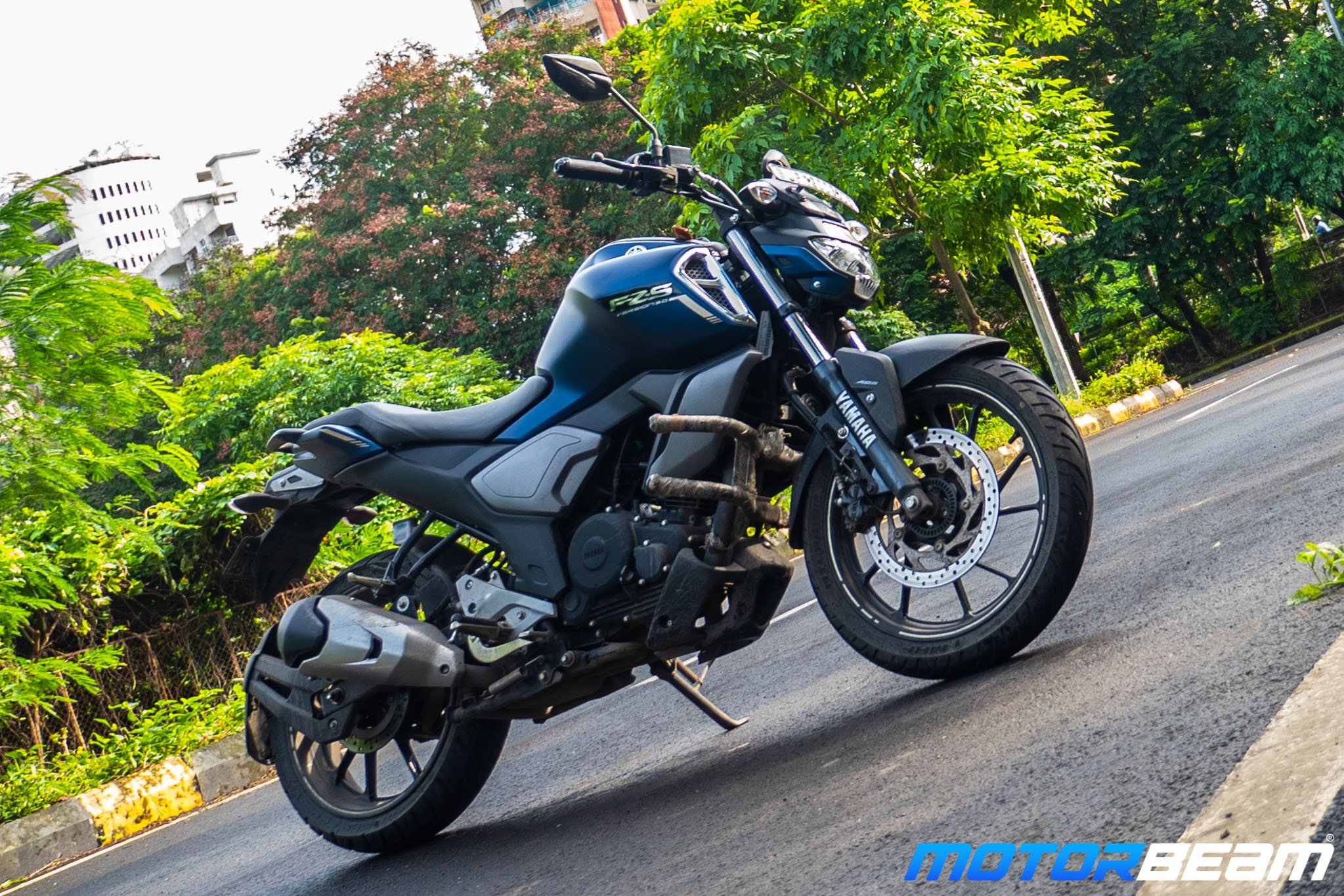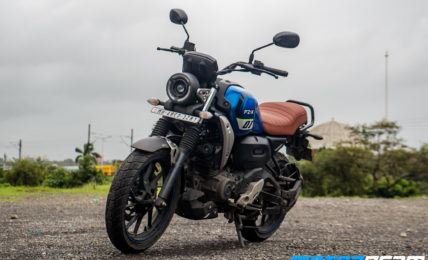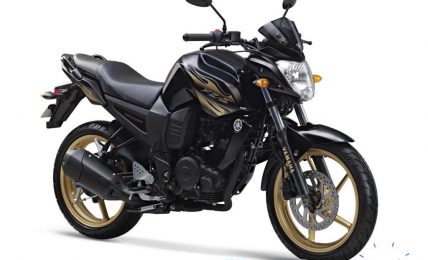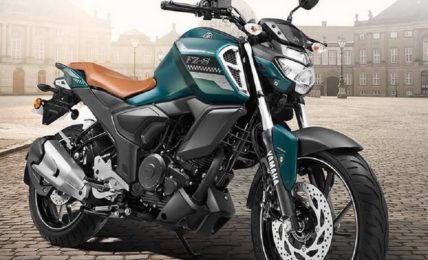
2019 Yamaha FZ-S V3 Review
Bike Tested: Yamaha FZ-S V3; Road Test No. 1158; Test Location: Mumbai
Price OTR Mumbai: Rs. 1,15,000/-
Yamaha FZ was designed taking inspiration from its litre-class sibling the FZ 1
– Yamaha FZ is the bike which started the sports commuter segment in India in the year 2008. When the bike was launched it was a completely new design in the market, one which was never seen before. The streetfighter look, wide rear tyres, muscular fuel tank were bound to make you look twice. In 2019, Yamaha has launched the third generation of the FZ. Although it is a new generation, changes are mostly limited to its styling.
Motor Quest: In 2008, Yamaha launched the FZ which created a whole new segment of streetfighter in India. In the coming years, Yamaha updated the FZ and got us the FZ-S as well. Yamaha also used to offer Daytona kits which are performance kits for the FZ and R15.
The bike gets an all new LED headlights setup
Styling – Yamaha FZ always had a muscular design language. With the new update, the bike gets beefier than before. The fuel tank has grown wider in appearance, with the addition of purely cosmetic faux air intake with chrome tipping on it. Although looks are subjective, this looks rather overdesigned. The bike is now equipped with a belly pan. Split seat setup is replaced with a single-piece unit. The exhaust gets a minor design change as well. Headlights on the bike are now all-LED setup, and the indicators are now shifted upwards, just below the handlebar.
Instrument cluster is now a negative LCD unit
Instrument Cluster and Switchgear – The new Yamaha FZ gets a negative LCD display for an instrument cluster. The display offers good visibility in daylight and it does have a premium look. The cluster offers basic information which includes speedometer, tachometer, fuel meter, and an odometer. However, it misses out on a gear position indicator. The cluster on the FZ is a brand new unit, however, it shares the same with the elder FZ25 sibling. Switchgears are the same as before, but the killswitch now gets a sliding mechanism.
It is now equipped with a single piece seat which is wide and spacious
Ergonomics – The bike now gets a single seat unit unlike the split seat setup in the previous generation. The seat height of 790 mm is perfect for both short and tall riders. The riding position is more upright than before due to the raised handlebar. The single-seat is almost flat with a slightly raised cushion for the pillion. It is now more spacious and comfortable than before. Cushioning on the seat is appropriate and is neither too hard nor too soft. Mirrors offer a good view of what’s behind. The LED headlight is new but it doesn’t have a very wide throw and fails to illuminate the path sufficiently in poorly lit areas.




